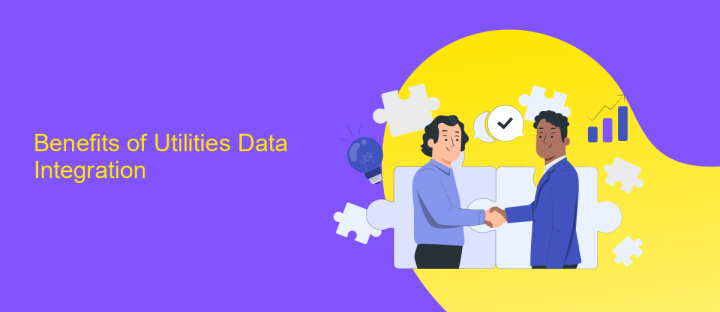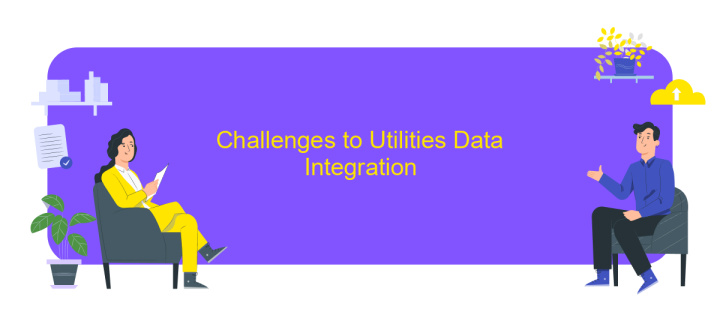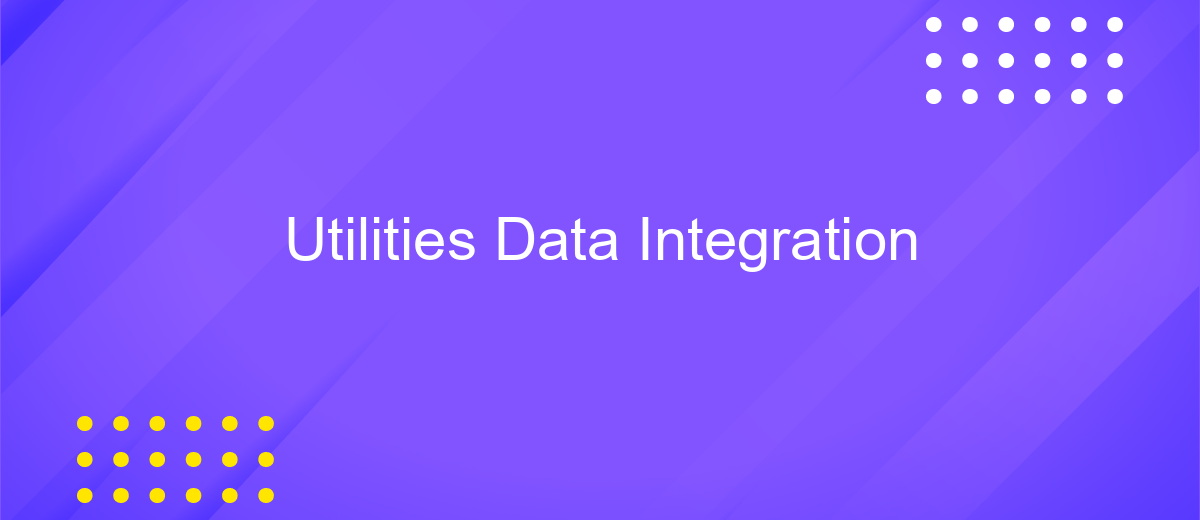Utilities Data Integration
In today's rapidly evolving energy landscape, utilities data integration has become a cornerstone for efficient operations and strategic decision-making. By seamlessly combining data from various sources, utilities can enhance grid reliability, optimize resource management, and improve customer service. This article explores the critical role of data integration in the utilities sector and highlights the technologies driving this transformation.
Introduction
Utilities data integration has become a critical component in modern infrastructure management. As utilities companies collect vast amounts of data from various sources, the ability to integrate and analyze this data effectively can lead to significant improvements in operational efficiency, customer service, and regulatory compliance. By leveraging advanced data integration techniques, utilities can transform raw data into actionable insights, driving innovation and enhancing decision-making processes.
- Streamlined data collection from disparate sources
- Enhanced data accuracy and consistency
- Improved decision-making through comprehensive data analysis
- Increased operational efficiency and reduced costs
- Better customer service and satisfaction
In this article, we will explore the various methodologies and technologies employed in utilities data integration. We will examine the challenges faced by utilities companies and discuss best practices for overcoming these obstacles. By understanding the importance of effective data integration, utilities can unlock new opportunities for growth and innovation, ensuring a sustainable and efficient future.
Benefits of Utilities Data Integration

Integrating utilities data offers numerous advantages, significantly enhancing operational efficiency and decision-making processes. By consolidating data from various sources, utility companies can gain a comprehensive view of their operations, enabling them to identify patterns and trends that were previously hidden. This holistic approach not only streamlines workflows but also reduces redundancy and minimizes errors, leading to more accurate and timely insights.
Moreover, utilities data integration facilitates better customer service by providing real-time information and predictive analytics. With tools like ApiX-Drive, companies can seamlessly connect different data streams, ensuring that all relevant information is readily accessible. This integration allows for proactive maintenance and quicker response times to issues, ultimately improving customer satisfaction. Additionally, it supports regulatory compliance by ensuring that data is consistently accurate and up-to-date, thus mitigating risks and enhancing overall reliability.
Challenges to Utilities Data Integration

Integrating data in the utilities sector presents several unique challenges that can hinder effective data management and utilization. These challenges stem from the complexity of data sources, regulatory requirements, and the need for real-time data processing.
- Diverse Data Sources: Utilities often rely on a wide range of data sources, including smart meters, sensors, and legacy systems. Integrating these diverse data sets can be technically challenging and time-consuming.
- Regulatory Compliance: Utilities must adhere to strict regulatory standards, which can complicate data integration efforts. Ensuring compliance while integrating data from various sources requires meticulous planning and execution.
- Real-time Data Processing: The need for real-time data analysis is critical in the utilities sector. Integrating data in real-time requires robust infrastructure and advanced technologies, which can be costly and complex to implement.
Addressing these challenges requires a strategic approach that includes investing in advanced integration technologies, ensuring regulatory compliance, and building a scalable infrastructure capable of handling real-time data processing. By overcoming these obstacles, utilities can unlock the full potential of their data, leading to improved decision-making and operational efficiency.
Case Studies

Utilities data integration has been transformative for many organizations, enabling them to streamline operations and make data-driven decisions. One notable example is the case of a large energy provider that integrated its disparate data sources, resulting in significant operational efficiencies and cost savings.
Another compelling case is a water utility company that faced challenges in managing its aging infrastructure. By implementing a comprehensive data integration solution, the company was able to monitor and predict maintenance needs, thereby reducing downtime and improving service quality.
- A gas utility company improved safety and compliance by integrating real-time data from various sensors.
- An electric grid operator enhanced grid reliability and reduced outages through predictive analytics.
- A waste management firm optimized route planning and reduced fuel consumption by integrating GPS and operational data.
These case studies highlight the diverse applications and substantial benefits of utilities data integration. By leveraging integrated data, companies can not only improve operational efficiency but also enhance customer satisfaction and drive innovation in their services.


Conclusion
In conclusion, the integration of utilities data plays a pivotal role in enhancing operational efficiency, reducing costs, and providing better services to consumers. By leveraging advanced data integration techniques, utility companies can streamline their processes, gain valuable insights, and make informed decisions. The ability to unify disparate data sources into a cohesive system is crucial for achieving these benefits and staying competitive in the rapidly evolving energy sector.
Services like ApiX-Drive offer robust solutions for seamless utilities data integration, enabling organizations to automate data flows and synchronize information across various platforms. With its user-friendly interface and powerful features, ApiX-Drive simplifies the integration process, allowing utility companies to focus on their core operations while ensuring data accuracy and consistency. As the industry continues to embrace digital transformation, the adoption of such integration services will be instrumental in driving innovation and achieving long-term sustainability.
FAQ
What is Utilities Data Integration?
Why is Utilities Data Integration important?
What are the common challenges in Utilities Data Integration?
How can I automate data integration for utility services?
What are the benefits of using integration platforms for Utilities Data Integration?
Do you want to achieve your goals in business, career and life faster and better? Do it with ApiX-Drive – a tool that will remove a significant part of the routine from workflows and free up additional time to achieve your goals. Test the capabilities of Apix-Drive for free – see for yourself the effectiveness of the tool.

